The Power of Internal SEO
The Power of Internal SEO: Impact on Search Engine Results.
Introduction:
In the ever-evolving world of digital marketing, SEO (Search Engine Optimization) is a term that holds immense significance. It’s the key to achieving higher rankings in search engine results, thereby driving more organic traffic to your website. While most people are familiar with the concept of SEO, there’s a critical aspect that often goes unnoticed but plays a pivotal role in boosting your online presence: Internal SEO. In this comprehensive blog post, we’ll delve deep into the world of internal SEO, exploring what it is and the profound effect it has on the outcomes of your SEO efforts.
Understanding Internal SEO
Internal SEO, also known as on-page SEO or on-site SEO, is the practice of optimizing elements within your website to improve its visibility and search engine rankings. Unlike external SEO, which focuses on factors like backlinks and off-site content, internal SEO revolves around optimizing your website’s structure, content, and user experience.
Key Elements of Internal SEO:
Content Optimization: One of the most critical aspects of internal SEO is content optimization. This involves creating high-quality, relevant, and engaging content that aligns with your target audience’s needs and search intent. Keyword research, proper keyword usage, and creating valuable content are all essential components.
Meta Tags and Descriptions: Properly optimizing meta titles and descriptions helps search engines understand the content of your pages. These elements should include relevant keywords and provide a concise, compelling summary of the page’s content.
Header Tags: Using header tags (H1, H2, H3, etc.) helps structure your content and makes it more accessible for both users and search engines. These tags provide a hierarchical outline of your content, improving readability and SEO.
Image Optimization: Images are a crucial part of web content. Optimizing images by using descriptive alt text and compressing them for faster loading times can positively impact SEO.
URL Structure: Creating clean and user-friendly URLs that incorporate relevant keywords can improve the visibility of your pages in search results.
Internal Linking: Strategically linking between pages within your website not only aids in navigation but also spreads authority and relevance throughout your site. It can help search engines discover and rank your content.
Mobile Optimization: With the increasing use of mobile devices, having a mobile-responsive website is vital for SEO. Google, in particular, places a significant emphasis on mobile friendliness.
Page Speed: Slow-loading websites can lead to high bounce rates and negatively impact SEO. Optimizing your website for speed is crucial for both user experience and search rankings.
Schema Markup: Implementing schema markup can provide search engines with structured data about your content, making it easier for them to understand and display in rich search results (e.g., featured snippets, knowledge panels).
User Experience (UX): Beyond technical aspects, internal SEO also considers UX factors such as site architecture, navigation menus, and user-friendly layouts. A positive user experience can contribute to better SEO outcomes.

The Impact of Internal SEO on Search Engine Results:
Now that we’ve covered the essential elements of internal SEO, let’s explore in detail how these actions influence your website’s search engine rankings and overall, SEO performance.
- Improved Visibility :
Effective internal SEO increases your website’s visibility in search engine results pages (SERPs). When you optimize your content, meta tags, and other on-page elements with relevant keywords, search engines are more likely to display your pages to users searching for related topics. This enhanced visibility can lead to more organic traffic. - Enhanced User Experience :
Internal SEO isn’t just about appeasing search engines; it’s also about creating a better user experience. When you optimize your website’s structure and content, it becomes more user-friendly and easier to navigate. This, in turn, reduces bounce rates and encourages users to spend more time on your site, signalling to search engines that your content is valuable. - Increased Click-Through Rates (CTR) :
Well-crafted meta titles and descriptions can significantly impact click-through rates. When your listings in the SERPs are compelling and relevant to the user’s query, they are more likely to click on your website over competitors. This not only drives more traffic but also sends positive signals to search engines. - Higher Rankings :
Internal SEO actions contribute to higher search engine rankings. As search engines evaluate the quality and relevance of your website’s content and structure, they assign higher rankings to pages that meet their criteria. This can result in increased organic traffic and better overall SEO performance. - Better Mobile Rankings :
Given the importance Google places on mobile-friendliness, internal SEO practices such as mobile optimization and responsive design can directly impact your website’s mobile search rankings. Websites that provide an excellent mobile experience tend to rank higher in mobile search results. - Reduced SEO Errors and Penalties :
Optimizing your website’s technical aspects, such as URL structure, site speed, and error handling, can help prevent SEO errors that could result in penalties from search engines. By adhering to best practices, you ensure your site is in good standing with search algorithms. - Voice Search Readiness :
With the rise of voice-activated devices and virtual assistants like Siri and Alexa, optimizing for voice search is becoming increasingly important. Internal SEO efforts, including using natural language in your content and providing concise answers to common queries, can prepare your site for voice search. - Featured Snippets and Rich Results :
Structured data markup and well-optimized content can increase your chances of appearing in featured snippets and rich results. These prominent positions in the SERPs can drive more organic traffic and establish your site as an authoritative source. - Local SEO Benefits :
For businesses with a physical presence, internal SEO practices like optimizing your Google My Business profile, including location-based keywords, and maintaining consistent NAP (Name, Address, Phone Number) information can boost local SEO efforts. This is crucial for attracting local customers. - E-A-T (Expertise, Authoritativeness, Trustworthiness) :
Google places a strong emphasis on E-A-T when evaluating the quality of web content. Internal SEO can play a role in establishing and showcasing your website’s expertise, authoritativeness, and trustworthiness. This is particularly important for websites providing health, financial, or sensitive information. - Content Freshness :
Regularly updating and refreshing your website’s content can signal to search engines that your site is active and relevant. This can positively impact your search engine rankings, especially for topics that require up-to-date information.
Conclusion
In the realm of digital marketing, internal SEO is the cornerstone of success. It’s not enough to focus solely on external factors like backlinks; internal SEO plays a pivotal role in improving your website’s visibility, user experience, and search engine rankings. By understanding the key elements of internal SEO and how they impact search engine results, you can harness the full potential of your online presence and achieve lasting SEO success.
Remember, the devil is in the details, and when it comes to SEO, the details matter. So, invest in internal SEO, and watch your website soar in search engine rankings, attracting more organic traffic, delivering better results, and establishing your brand as a trusted authority in your niche. Your digital success story begins with internal SEO, the unsung hero of online marketing.





best content of seo and power internal seo